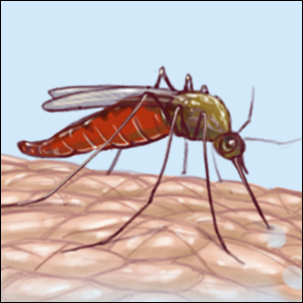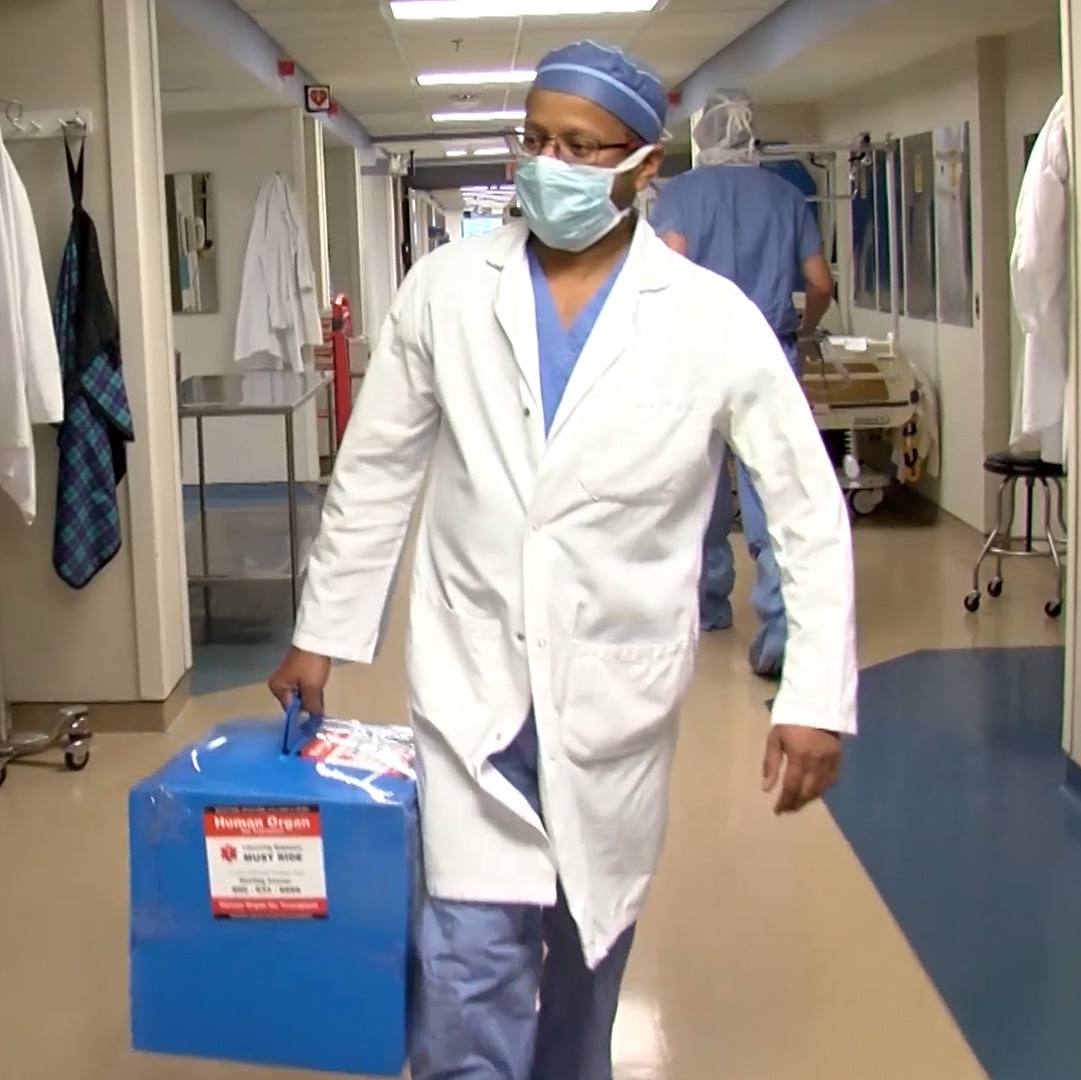-
Health & Wellness
Consumer Health: Tips for protecting your joints from rheumatoid arthritis pain

Joint protection is a proven strategy to help you manage rheumatoid arthritis pain and perform daily activities more easily.
This article is written by Mayo Clinic Staff.
________________________________________________
Arthritic joints can't tolerate as much stress as healthy joints. Pushing, pulling or twisting motions can be painful. Think about ways you can avoid unnecessarily stressing your joints.
Don't be tempted to work through your rheumatoid arthritis pain. You might make the pain worse and increase your risk of developing joint deformities.
Respect your pain
If an activity causes joint pain, change the way you do that activity. Continuing the activity despite pain can damage your joint. Forgoing the activity altogether can lead to joint stiffness through lack of use.
As a general guideline, if pain persists for one hour after you do an activity, consider changing how you do it. For example:
- Take rest breaks.
- Use adaptive tools.
- Alternate between sitting and stretching, and light and moderate activities, throughout the day.
- If you have pain in your feet, wear proper shoes. Ask your health care provider or occupational therapist for specific recommendations.
Choose the strongest joint for the job
Large joints are stronger than small ones. Save your smaller, weaker joints for the specific jobs that only they can accomplish, and favor large joints when possible.
For example:
- Carry objects with your palm open, distributing the weight equally over your forearm.
- Carry your purse or satchel over your shoulder instead of grasping it with your hand. If your shoulder is painful, use a backpack.
- Slide objects along a counter or workbench rather than lifting them.
- Use your thigh muscles to rise from a chair instead of pushing off with your hands.
Spare your fingers as much work as possible. Try to:
- Avoid prolonged pinching or gripping motions. Use less force to hold tools or equipment.
- Rest your hands flat and open rather than in a tight fist.
- Ask your health care provider or occupational therapist about using specially designed devices that help spread the force throughout your palm or arm.
Read more about body mechanics, body weight and planning ahead.
Related Articles







